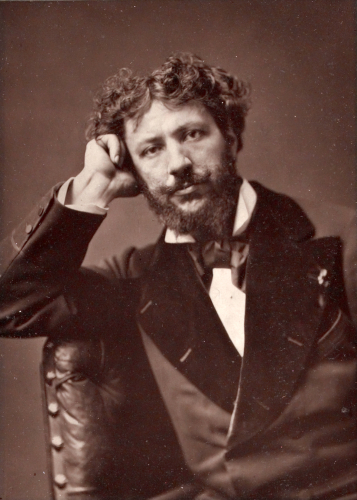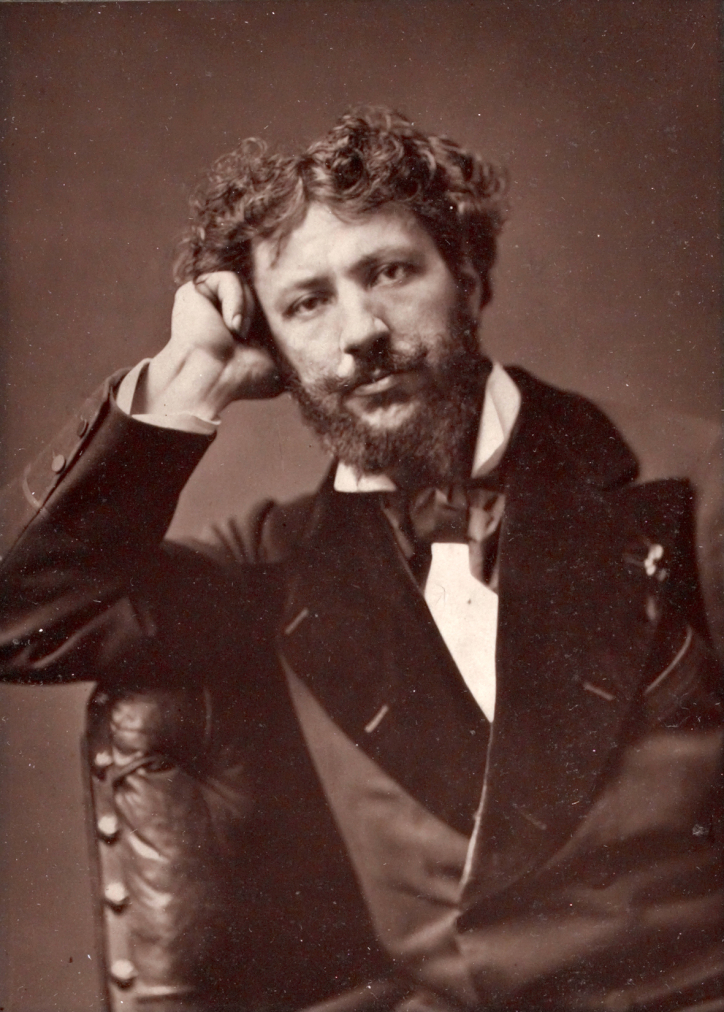Carolus-Duran
( 1837-1917 )
Biography


Charles Auguste Émile Durand, better known as Carolus-Duran, was born in Lille on July 4, 1837. The son of a cloth factory owner, he showed a strong inclination for the arts from an early age. He began his artistic studies at the Academy of Lille, where he was trained by sculptor Augustin-Phidias Cadet de Beaupré and painter François Souchon.
In 1859, Carolus-Duran left Lille for Paris, the artistic center of the time. He studied at the Académie Suisse and began exhibiting his works at the Salon as early as 1863. His first significant work, "L’Assassiné," presented in 1866, attracted attention and heralded his future success. Shortly thereafter, he obtained a scholarship that allowed him to travel to Italy and Spain, where he immersed himself in the works of the old masters, particularly those of Velázquez, who profoundly influenced his style.
Upon his return to Paris, Carolus-Duran specialized in portraiture, a genre that would make him famous. His technique, characterized by bold brushstrokes and masterful use of light, allowed him to capture the liveliness and psychology of his subjects with great finesse. Among his most iconic works are the "Portrait of Madame la Comtesse de Pourtalès" (1874) and the "Portrait of Mme. Fay" (1875).
In 1873, he founded a free studio that attracted many students, including John Singer Sargent, who would become an international portrait star. His teaching emphasized direct painting without preliminary drawing and the study of old masters, notably Velázquez and Titian.
Carolus-Duran married Pauline Croizette in 1868, a pastel artist and miniaturist. Together, they frequented the artistic and literary circles of Paris. Carolus-Duran received numerous distinctions throughout his career. In 1889, he was made a Commander of the Legion of Honor, and in 1904, he was elected a member of the Academy of Fine Arts.
Carolus-Duran continued to paint and teach until the end of his life. He died on February 17, 1917, in Paris, leaving behind a considerable legacy in the art world. His style, characterized by technical virtuosity and psychological depth, influenced a generation of portraitists and remains appreciated for his contribution to 19th-century French painting.
Carolus-Duran's works are now housed in many museums and private collections around the world, testifying to the lasting impact of his artistic talent.
No artwork matches
93400 Saint-Ouen sur Seine